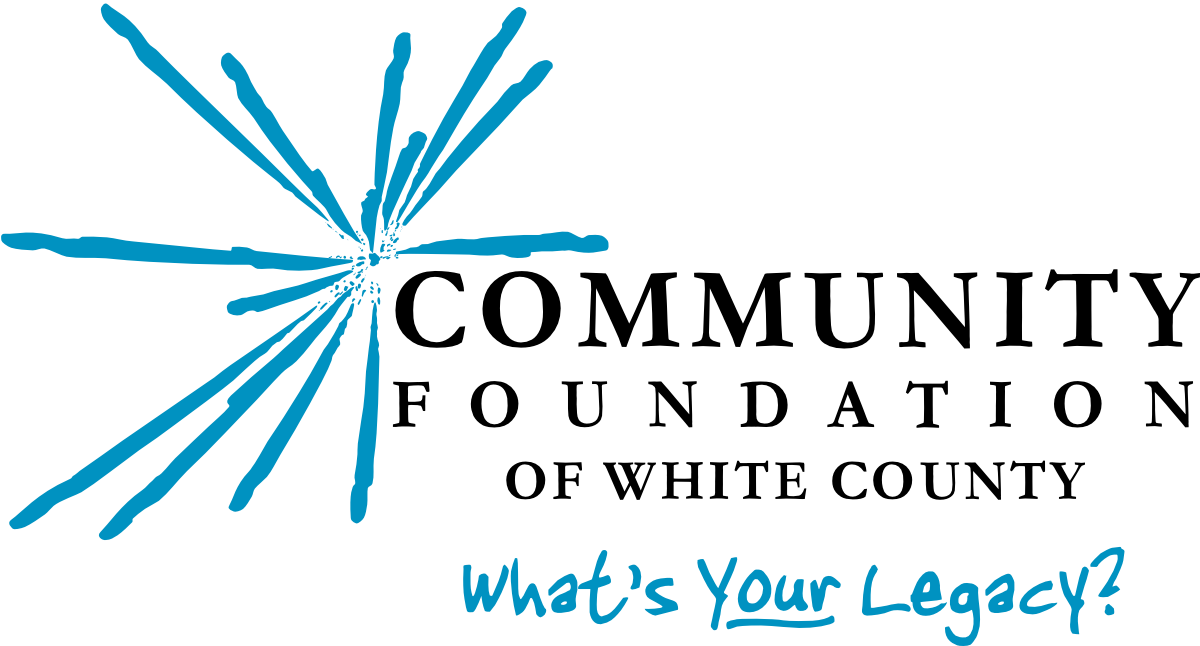Advancing Veteran Readiness in White County, Indiana
Background
White County, Indiana, is a rural community in the northwestern part of the state with a population of roughly 24,800 and a proud tradition of military service dating back to the Battle of Tippecanoe. Approximately 1,515 veterans—about 5.2% of the adult population—call the county home.
While its veteran density is comparable to surrounding counties, White County’s veteran population skews older, with Vietnam-era and Korean War veterans representing 60% of the total. The local economy, anchored by agriculture and manufacturing, is evolving with growth in logistics, technology, and healthcare industries that align well with veterans’ transferable skills.
“Anything I’ve asked for, the commissioners have always said ‘yes’ for veterans. The county is happy help out any way they can.”
— Nathan Baker, White County Veteran Service Officer

The Challenge
The assessment revealed that while White County is deeply veteran-friendly, it must take deliberate steps to become veteran-ready.
Key gaps include:
- Healthcare Access – No VA facility in-county; veterans travel to Lafayette, Marion, or Indianapolis for services.
- Housing – Few transitional or affordable housing options for younger veterans and families.
- Employment Alignment – Limited structured veteran hiring pipelines among local employers.
- Mental Health Support – Shortages of veteran-trained providers and peer-support groups.
- Awareness – Many veterans are unaware of programs like INvets, Jobs for Veterans State Grants, and local resources.
“Veterans are vital to White County’s economic revitalization, but we don’t yet have a formal strategy to draw them here.”
— Community Leader Roundtable Participant
The TPMA Approach
TPMA partnered with the Community Foundation of White County to conduct a comprehensive,
action-oriented needs assessment designed to move the county toward veteran readiness.
Our process included:
- Data Benchmarking – Comparing White County’s demographics, economic indicators, and veteran population with regional peers.
- Veteran Voices – Capturing direct feedback from veterans, service providers, and employers, featured as callout quotes in the report.
- Service Mapping – Creating an exhaustive asset inventory of veteran-serving organizations, from local nonprofits to federal programs.
- Stakeholder Engagement – Facilitating a Veteran Town Hall and employer interviews to surface challenges and opportunities.
- Interactive Tools – Embedding QR codes in the final report linking to employment portals, VA resources, and INvets relocation guides.
Veteran Voice:
“We need more ways to connect that aren’t just at the VFW or Legion—spaces that younger veterans will come to.”
— Post-9/11 Veteran, Monticello
Findings
- Strong Leadership – The County Veteran Service Officer and office is proactive, trusted, and embedded in the community.
- Employer Openness – Businesses value veterans but lack tailored recruitment and retention strategies.
- Educational Assets – Ivy Tech provides strong veteran benefit navigation but needs broader outreach.
- Grassroots Commitment – Programs like Courage Rock and Mary T. Klinker deliver innovative wellness and housing support.
- Marketing Gap – The county’s recreational, safety, and cost-of-living advantages are not widely promoted to veterans statewide.
Recommendations
- Enhance Employment & Training – Host veteran-focused job fairs, apprenticeships, and credit-for-prior-learning pathways through Ivy Tech and Purdue.
- Expand Housing Options – Partner with developers for affordable housing; leverage VA and IHCDA incentives.
- Strengthen Mental Health Supports – Sponsor peer-support groups, mobile counseling, and telehealth access points.
- Boost Outreach – Launch a county veterans portal, print resource guide, and targeted INvets campaigns.
- Create a Veteran Hub – Establish a central space for resources, workshops, and social gatherings.
- Formalize Collaboration – Form a veteran coalition linking the County Veteran Service Officer, employers, schools, and nonprofits.
Veteran Voice:
“It’s not about handouts—it’s about making it possible for us to put down roots, raise our kids, and keep contributing.”
What Makes This Report Stand Out
- Actionable Design – Recommendations are paired with responsible parties, timelines, and potential funding sources.
- Firsthand Perspectives – Direct veteran quotes provide authenticity and urgency.
- Service Asset Map – Consolidated contact information for all known veteran-serving organizations.
- Interactive Access – QR codes connect readers to job boards, benefit portals, and housing programs instantly.
- Comparative Lens – Benchmarks against other Indiana counties and national veteran-ready models.
Impact & Outlook
The White County Veterans Needs Assessment offers a roadmap to transformation—from being a supportive community to a destination of choice for veterans and their families.
By implementing these strategies, White County can:
- Attract younger veterans with high-demand skills.
- Retain older veterans through healthcare and housing stability.
- Boost economic vitality with leadership-ready talent.
“With deliberate action, White County can be the place veterans want to come home to—and the place they never want to leave.”
— TPMA Report Conclusion
